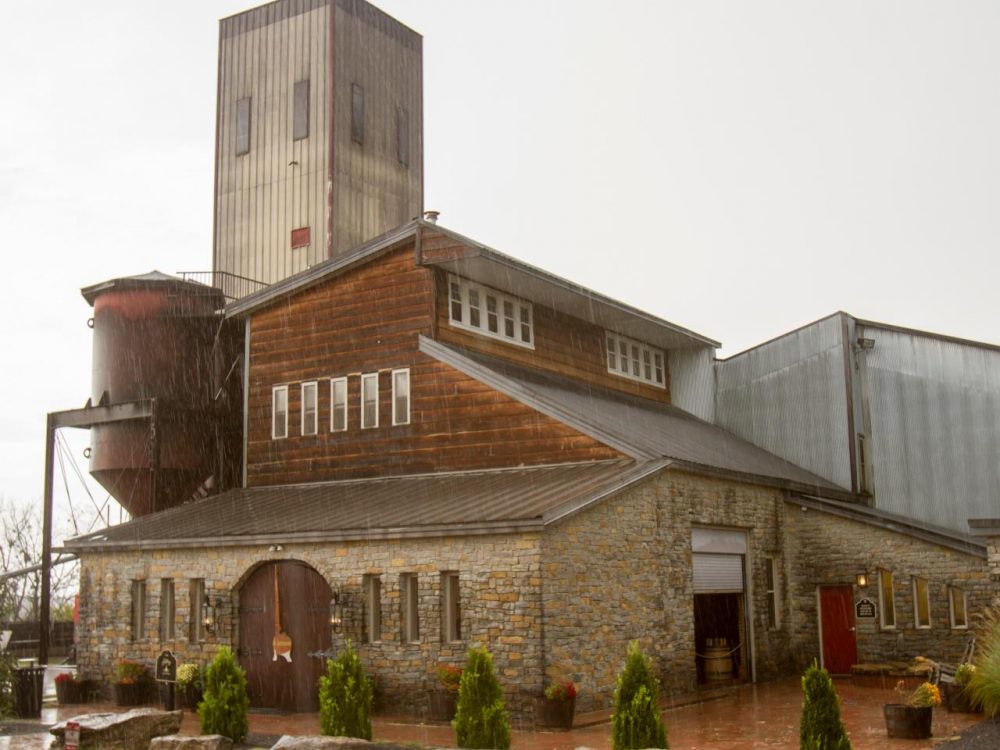Bali, an Indonesian island paradise, is a favorite destination for tourists worldwide. This tropical island is known for its stunning beaches, lush greenery, and colorful culture. Over the past few decades, tourism in Bali has expanded exponentially, bringing positives and negatives to the island.
This article will explore the transformation of Bali from a traditional culture to a modern hotspot for tourists and how tourism has changed the island.

KATHRYN ROMEYN/ GETTY IMAGES | Bali's cultural roots run deep
Benefits of Tourism in Bali
Tourism has undoubtedly brought significant benefits to Bali's economy. It is now the island's main source of income, providing locals with jobs and business opportunities for entrepreneurs.
The export of traditional arts and crafts, like wood carvings, paintings, and textiles, is now a thriving industry thanks to the influx of tourists. In addition, developing tourism infrastructure, such as hotels, resorts, and airports, has improved life on the island in many ways.
Negative Impact of Tourism on Bali
Unfortunately, introducing tourism has also brought many negative impacts to Bali. One of the most significant issues is environmental degradation. The influx of tourists has led to unsustainable development practices such as deforestation, beach erosion, and coral reef damage.
Pollution from waste management and transportation has also resulted in the pollution of Bali's land, water, and air. Another problem is cultural erosion, as traditional practices have been commercialized and exploited to cater to tourist demands.

JOHN MCBETH/ ASIATIMES | Bali is home to approximately four million people
Bali's Culture Transformation
The transformation of Bali's culture is one of the most visible effects of tourism. The traditional culture of Bali is based on a unique blend of Hinduism, Animism, and Buddhism. Balinese music, dance, and rituals are unique and showcase the island's creativity and spirituality. However, as tourism has grown, there has been a shift in the way traditional culture is presented.
Cultural erosion and commodification, intentional or not, have become critical issues impacting Balinese culture. For example, traditional dance performances previously performed in temples are now commonly performed by hotel tourists. Aspects of Balinese culture have thus become more commercialized, diluting the authenticity of traditional practices.
Growth of Mass Tourism
Bali's tourism now caters to visitors from all over the world. Adventure travel, eco-tourism, and luxury tourism are all increasing in popularity. However, mass tourism's growth has negatively affected Bali's infrastructure, communities, and environment.

JOHN MCBETH/ ASIATIMES | Bali is the only Hindu-majority province in Indonesia, with 86.9% of the population adhering to Balinese Hinduism
The island's traditional villages have been transformed into tourist attractions, and locals have had to adjust to the constant influx of tourists. In addition, mass tourism has led to increased transportation emissions, contributing to Bali's air pollution problems.
Balinese People's Resilience
Despite the challenges brought by tourism, the Balinese people have shown remarkable resilience and continue to put smiles on visitors' faces. The Balinese still celebrate their traditional festivals and carry on their cultural heritage. Bali's spirit of hospitality is one of the main reasons why so many visitors return year after year.









